Welcome to another Manic Monday installment! Today, I’ve got J.R. Tomlin on board. J. R. is a published author of Historical Fiction with two novels set in the medieval Scotland. She has also co-authored fantasy adventures. Although she was born in Texas, she was reared in part in Edinburgh, Scotland by her grandparents. Scotland's amazing history has always fascinated her. In particular, she has always loved the heroism of the men and women who fought for freedom in the Scottish Wars of Independence and chose to write about them. She attended the University of Texas at Austin and now lives in the US Pacific Northwest.
So without further adieu, here’s J.R. on the intriguing subject of sword fighting:
There is nothing better than a sword fight: lots of blood and sweat and drama, right? I absolutely agree as long as it has at least a passing resemblance to a sword fight. Unfortunately, in novels a lot don't. Either they are so detailed, often with inaccurate silly-sounding details, that they're boring or they're so vague no one can possible visualize it because the writer knows nothing about sword fighting.
Since I write medieval historical novels and medieval fantasies, this is something I've given a lot of thought. Sword fights should be fun for the writer and the reader. Exciting. You may leave out some of the details but you should know what is involved.
First, a sword is involved. Well into the late renaissance people did NOT use epee type weapons, those thin little swords used in fencing. This is not how sword fighting was done for most of history. The epee evolved from the smallsword of the late 17th century into the dueling sword of the 18th and 19th centuries. They were good for dueling because, quite frankly, it was much harder to actually kill each other. You could draw blood without necessarily killing someone and ending up on trial or in exile. And these are not good weapons against most other swords.
I hear someone saying, your female character has to use an epee because a longsword is too heavy for a woman to pick up, much less use.
Right?
Um.....Wrong.
The typical medieval longsword weighed two to two and a half pounds on average. So you mean to tell me that women can sling around thirty pound kids, heft 50 pound bags of wheat or flour, but cannot pick up a two pound sword. Even two-handed swords were not all that large. The antique claymore known as the Wallace Sword said to have been used by William Wallace at the Battle of Stirling Bridge is 4 feet 4 inches long and only weighs 6 pounds.
Now swinging a sword is tiring. Don't get me wrong. But it is certainly something that a woman can learn and do. To win against a larger, stronger person with longer reach, a sword fighter uses a somewhat different technique than a larger fighter, moving in close.
I should say that in my historical novels women don't use swords because they were rarely taught to, although there were exceptions. In fantasies, of course, we can make our own rules.
That still leaves the issue of making a sword fight interesting to read about. I think of it as resembling writing about sex. Sometimes you put in a lot of details and sometimes you don't, but what always matters is how the character feels about it and how they experience it.
Sometimes your character may be in a battle frenzy and barely aware of anything except the swing of the sword. Or perhaps aware of every dart of their opponent's eyes. Or coldly calculating their next move. What they won't do is jump around and do fancy moves. Real sword fights were fast. They were deadly serious business. Someone was often dead within seconds.
You don't need a big vocabulary to write one. Various schools of fighting made fancy terms, but who would understand them? Parry, dodge, and riposte will about cover it. As hilarious as the Wesley and Inigo Montoya sword fight was in Princess Bride, unless you want people to chuckle at your sword fights, that's now not to write one. A sword fighter's feet belong on the ground and save the fancy moves for showing off. Bleeding dead on the ground doesn't count as showing off.
Folks, you can find out more about J.R. Tomlin on her blog: http://jeannetomlin.blogspot.com/
You can buy her books at the following links:
Freedom's Sword: http://www.amazon.com/Freedoms-Sword-Historical-Scotland-ebook/dp/B004RUZPPY
A Kingdom's Cost: http://www.amazon.com/Kingdoms-Historical-Novel-Scotland-ebook/dp/B004YKVXR6
Talon of the Unnamed Goddess: http://www.amazon.com/Unnamed-Goddess-Fantasy-Adventure-ebook/dp/B00580V7YU
Laying the Odds: http://www.amazon.com/Laying-Odds-Fantasy-Adventure-ebook/dp/B0051H58NG
Friday, I’ll be dishing it up with Harper Alibeck.
Until then,
Ciao.
JET
Subscribe to:
Post Comments (Atom)





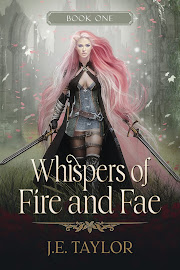

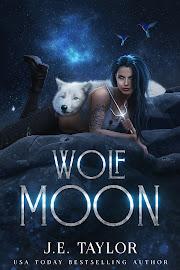
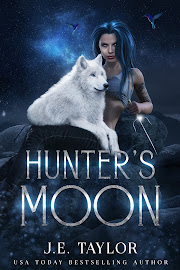





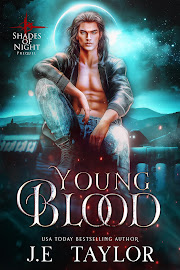
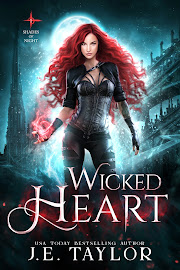
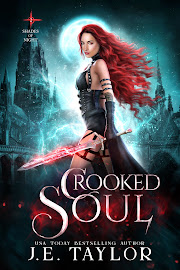
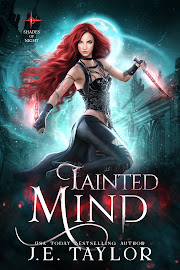
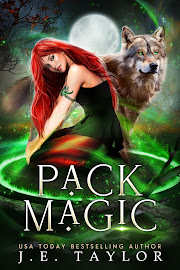


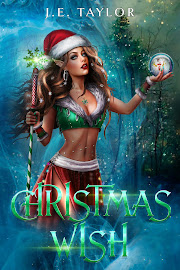
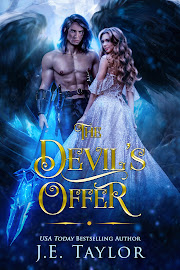

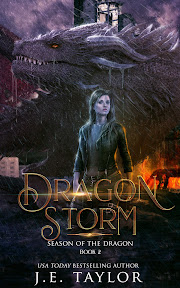





















































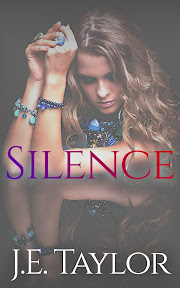

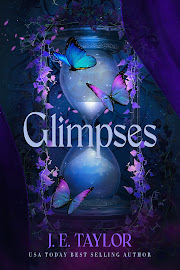
2 comments:
Thanks for the chance to visit and share some thoughts on the subject.
JR
Glad it was well-timed for you. In fantasy, one can always diviate from reality but it's helpful, I think, to know what the reality is.
A subject that came up on a forum I frequent is scabbards. Europeans did not use on-the-back scabbards. I don't care what you see on Braveheart, they just didn't. In fact, as often as not the squire got stuck carrying sword around. Often they were carried across the saddlebow.
Try drawing a sword from across your back and you can see why this is less than practical. I once even knew a silly show-off who was trying to prove it was practical to stab himself!
That doesn't mean you might not decide to go with a back scabbard, but it's something to think about. :)
Post a Comment